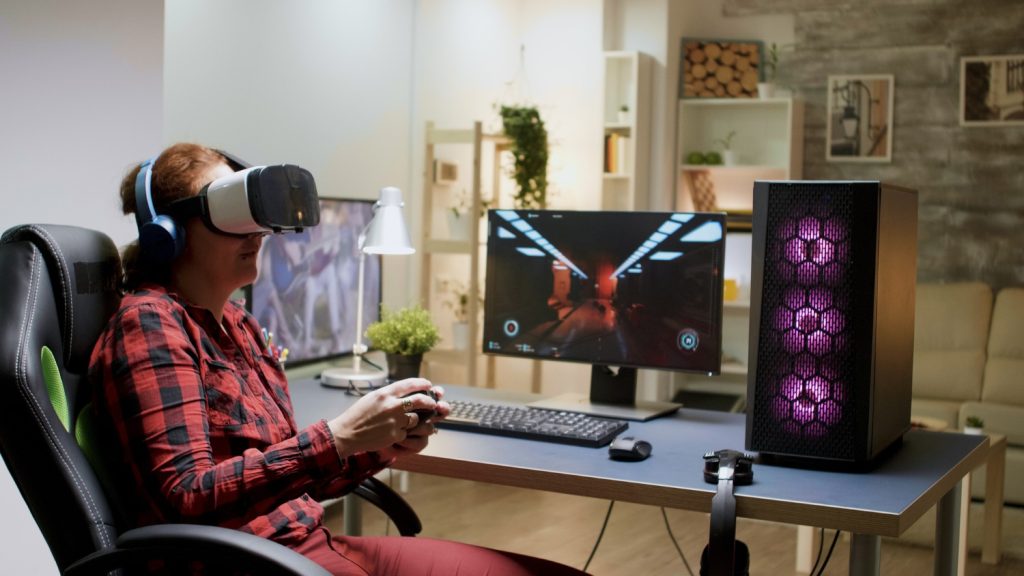Learning how to fix common computer issues yourself can be an invaluable skill, saving you both time and money. From diagnosing hardware problems to resolving software glitches, DIY computer repair empowers you to keep your system running smoothly without relying on professionals. This lifehack will cover essential tips to help you navigate the process of repairing your computer effectively and safely.
Start with Basic Troubleshooting

When your computer encounters issues, always begin with basic troubleshooting. Restarting the system can often fix minor glitches or temporary errors. If the problem persists, check all the physical connections. Loose cables, like power cords, monitor connections, or peripherals, can cause unexpected malfunctions. Ensuring everything is plugged in securely is a simple yet effective way to resolve basic hardware problems.
If you’re dealing with performance issues, it may be a matter of resource allocation. Open Task Manager on Windows or Activity Monitor on macOS to see if any programs are hogging CPU or memory. Closing resource-heavy applications can often improve system performance instantly. Simple troubleshooting should always be your first step in DIY repair.
Diagnose the Hardware
If your basic checks don’t resolve the issue, it may be time to dig deeper into hardware diagnostics. Unusual sounds, overheating, or slow performance could indicate a hardware problem. For instance, faulty RAM can cause frequent crashes, and a failing hard drive may result in data corruption or slow read speeds. Tools like MemTest86 for memory diagnostics or CrystalDiskInfo for monitoring hard drive health can help identify failing components.
It’s important to visually inspect internal components, such as fans, cables, and the motherboard, for signs of wear or damage. Cleaning out dust and debris, which can cause overheating, is another preventive measure that can extend the life of your components.
Keep Your Software Up-to-Date
Outdated software and drivers are often the culprits behind system crashes and slow performance. Regularly updating your operating system, drivers, and essential applications can resolve many software-related issues. Most modern operating systems allow automatic updates, but it’s good practice to manually check for important updates as well, especially for device drivers.
Malware and viruses are also common reasons for computer malfunctions. Running regular antivirus scans and using a trusted security program can prevent harmful software from affecting your system. If you suspect your computer has been infected, perform a full scan and remove any malicious files to restore functionality.
Repairing a computer requires specific tools to safely access and replace components. Investing in a good set of screwdrivers, anti-static wrist straps, and compressed air can make the repair process smoother and safer. Static electricity can damage delicate components, so grounding yourself with an anti-static strap is crucial before handling internal parts.
Additionally, using the right software tools is just as important. Diagnostic software for memory, hard drives, and overall system performance will give you insights into the root cause of the problem, making repairs more targeted and effective.
Replace Faulty Components
Replacing defective parts is often necessary in DIY computer repair, but it’s easier than you might think. Components like RAM, hard drives, and power supplies are designed to be swapped out with relative ease. Always power down and unplug your computer before attempting any hardware replacements, and ensure that the replacement part is compatible with your system.
When upgrading or replacing hardware, consult your system’s manual or specifications to ensure you’re installing the correct part. After installation, test your computer to make sure everything is functioning properly. Replacing worn-out components not only fixes issues but can also significantly improve your computer’s performance.
Perform Regular Maintenance

Preventive maintenance is key to avoiding future problems with your computer. Cleaning the inside of your computer regularly can prevent dust buildup that leads to overheating and hardware failure. Use compressed air to blow out dust from fans, heatsinks, and other components that require proper ventilation.
Managing your system’s storage is another important aspect of maintenance. Regularly deleting unnecessary files, defragmenting your hard drive (for older systems), or optimizing SSD storage can help maintain the speed and efficiency of your computer. Running system diagnostics and checking for viruses or malware on a regular basis will also keep your computer in top shape.
